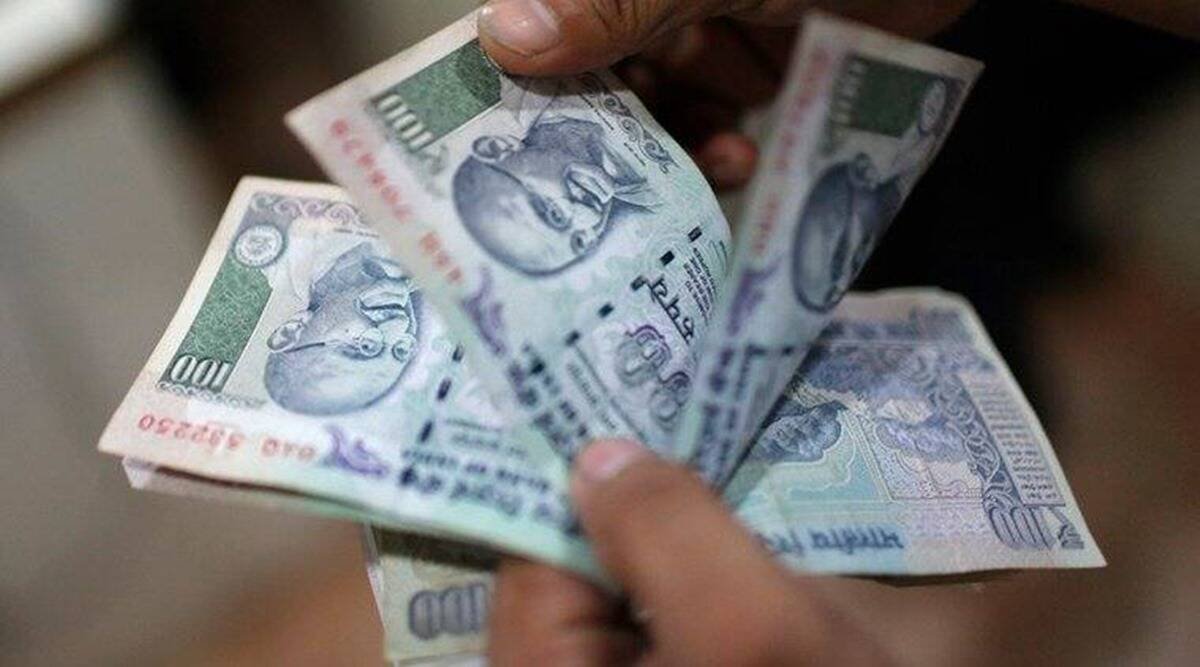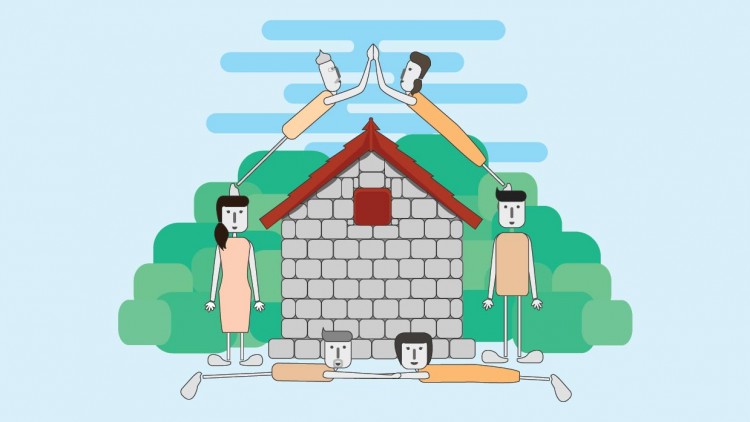
The pandemic had caused a severe plummet in economic growth all around the country. It had led to the slowdown of several micro and small businesses during the financial year. However, Non-Performing Assets (NPAs) that were a part of the PMMY scheme rose by 8% during the December quarter in 2020. The valuation of Non-Performing Assets (NPAs) went from Rs. 526.32 Crores to Rs. 567.9 Crores. In addition to the loans that were sanctioned to micro and small businesses, fresh disbursals also faced a decline.
Fresh disbursals showed a decline of 10% from December 2019 to December 2020. In December 2019, the valuation of fresh disbursals was at Rs. 11,326 Crores, whereas, in December 2020, the valuation of fresh disbursals was at Rs. 10,243 Crores. With the entire economy and expansion of micro and small enterprises coming to a halt, so have fresh disbursals and credit lines.
Insights From Banking Sector
Several bankers believe that the 10% decline from Rs. 11,326 Crores in December 2019 to Rs. 10,243 Crores in December 2020 is mainly due to the liquidity crisis that is faced by small businesses. The main reason for this liquidity crisis is that several of the expansion projects have come to a halt. The banking sector, as a whole, believes that both growing Non-Performing Assets (NPAs) and slowing disbursals are key signs of weakening the capacity of a small business. As a result, not just fresh disbursals, but loan repayments will also be affected.
Insights From Industry Sector
Several industry sources claim that many micro and small businesses have shut down after the lockdown due to lesser demand. In addition, the decline in demand has also led to these small businesses struggling for revenue and profits. Many believe that small businesses have has a struggling time even before the lockdown as a result of several sources of income drying up. Especially when it comes to small-time retailers and restaurant owners, the available sources of income were sparse thereby leading to lesser revenue and profits. Eventually, as the plans for expansion had stopped, fresh demand for credit came to a halt as well.
The Application Process
The Mudra Loan has several features and benefits that can be beneficial for micro and small businesses across industries. You can apply for the Mudra Loan by following a simple and easy process available on the Finserv MARKETS. You can also apply for the E-Mudra Loan through the E-Mudra Loan application process through an online portal facilitated by Finserv MARKETS. One of the most attractive features of the E-Mudra Loan is that its interest rates vary between 8.4% and 12.35% per annum. The repayment as well is flexible and can be stretched out between 12 months and 60 months.
With the decrease in Mudra Loan sanctions in this quarter, the Mudra Loan Non-Performing Assets (NPAs) have risen by 8% in Quarter 3. The main reasons for these being the decrease in demand from consumers leading to lesser revenue. This further stagnated plans of expansion thereby leading to lesser requirement of a credit line.










